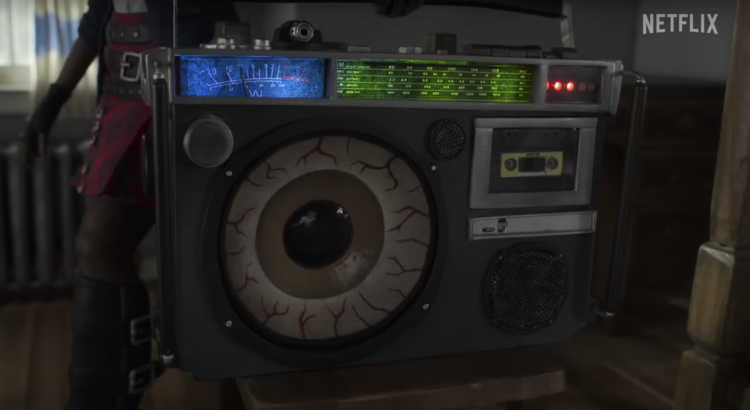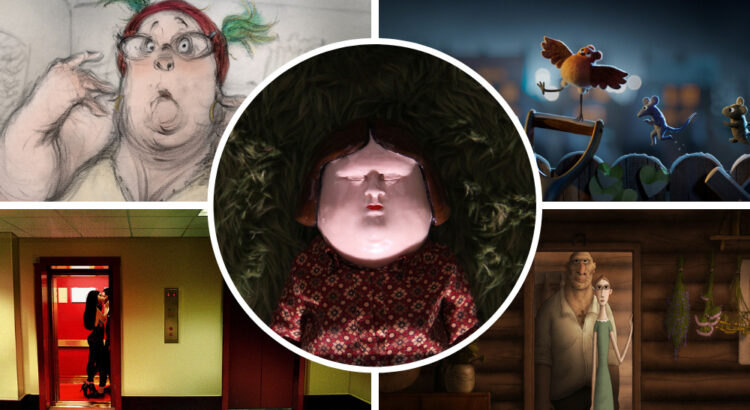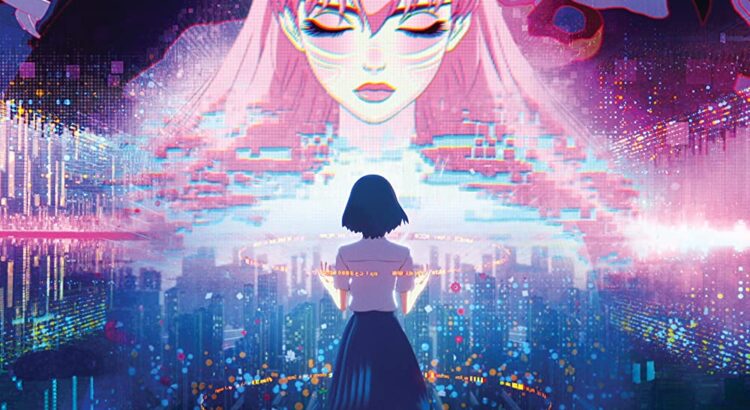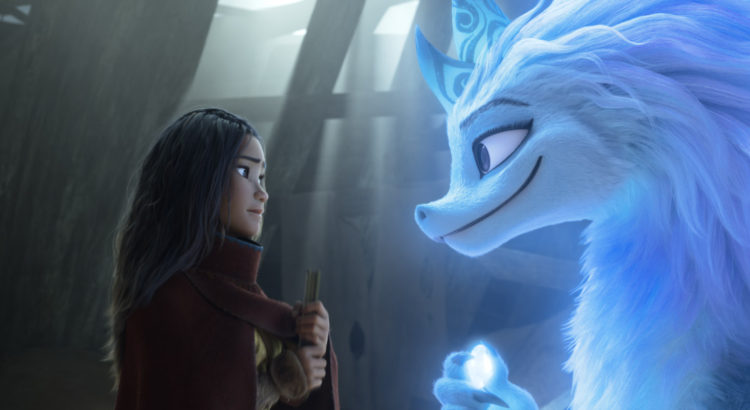Don’t expect kids’ favorite stories when you think of Animation. One (Robin, Robin) of the five of this year’s Oscar-nominated shorts (Robin, Robin / Boxballet / Affairs of the Art / Bestia / The Windshield Wiper ) did fall into this category, but the others either hold confusion, bizarreness, obsessions, and horror of the world. Here I’ll focus mainly on ‘Affairs of the Art’, an animation in a pencil-drawn style that reflects on how modern society defines art and allow strange things to happen in its name while giving short comments on others.
Robin, Robin – very cute, fluffy animation with the ever-selling theme of finding your value despite the environment that says otherwise. Cliche told again but not boring.
Boxballet – Very interesting visual contrast of the characters, explaining very much through this visual information. Surprising and bitter point-back to the political reality at the very end.
Affairs of the Art – Strong, grotesque criticism on ‘Arts’. This features a story of a middle-aged woman who gloats that she is doing ‘Art’ while forcing a model to move for her even when it’s clear that the model is suffering from it. Her story expands over her family members, who each seem to have a weird obsession. The main character gives an example of art as her sister’s obsession with dead and rotting things which occasionally involving animal abuse points could refer to obsessions and grotesque, even immoral things being allowed as ‘Art’, and her sister’s success seems to refer to the society’s funding poured to that form of ‘Art’ when it catches people’s attention and is demanded by the market. The main character’s gloat of finally doing art also criticizes how Art is praised like something divine and desired the snobbism, or the neglecting of questions asking whether the deeds done in the name of art are acceptable or right. The story tells about how obsessions for such art could be bizarre and grotesque, and even expands it toward a more commercialized form of art, the art of ‘the body’, by the main character’s sister saying that her reformed body is like ‘an exhibition’. The sweet art style of pencil drawing did not prevent this animation from conveying disturbing emotions. This one is a strong one.
Bestia – Chilling cross-showing of reality and mental breakdown based on a horrible historical villain of Chile. Dolls made of Regin were a perfect choice to convey the character. Because of its storyline crossing over reality and imagination, sometimes it was hard to tell whether a scene was in reality or not without the historical background.
The Windshield Wiper – Visually very satisfying and colorful. In this collection of short scenes, the scenes of each very short that last less than a minute, even with chunks of dialogues or not at all, tell a strong story and conveys emotions, and for that, I praise this film. However, how the scenes will add up was not as clear.













